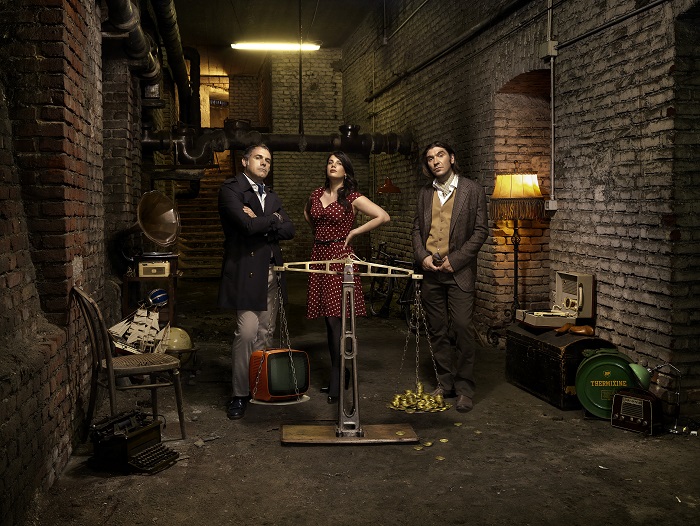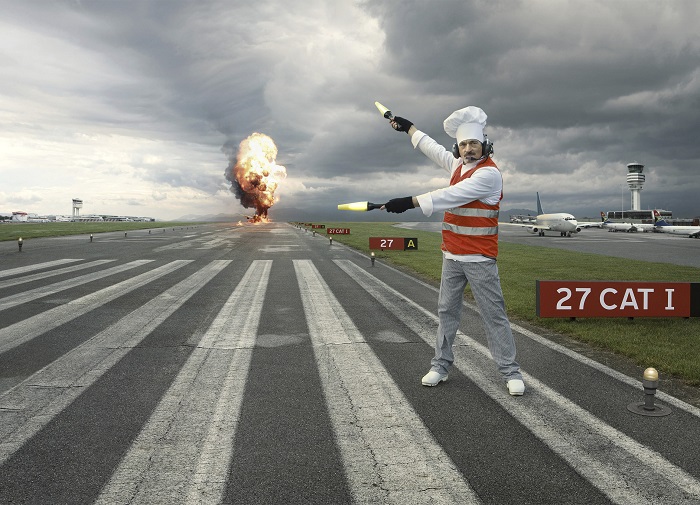By a stroke of luck, the photographer may stumble upon something he or she cannot control but is desperate to take a picture of, having to point and shoot with what is ready at hand the sooner the better. If it the subject is unique, technical imperfections will no longer matter that much. The ability to capture the moment – and be happy with the result even when you know it will have technical flaws – is also a marker of the photographer’s professional level.
A pro closely follows any new developments and will subsequently know what is no longer original. He or she knows that not all new things are better, while older stuff doesn’t always mean worse. New things will attract the viewer’s interest only if the latter is aware of the novelty. But novelty for the sake of sheer novelty doesn’t justify itself since it can just pass by unnoticed – especially if there is no one out there to appreciate it.
There are interesting lab methods for picture manipulation which, one should admit, go against the principle of photographic accuracy. Tonal perspective in images can be straightened, three-dimensions l elements can be transformed to look like smooth patches; one can adjust the colors and even turn a subject photo into an abstract picture. These and similar tricks are widely used in billboards and posters.

Special effects: there are numerous possibilities to add them to the picture. One can create motion with blurry stripes; one can abandon mirror accuracy and distort contours in order to grab attention; one can blend two or three images to show things as time and space sequence. These and other tricks are combined in many ways producing an infinite multitude of variants.
All advertising photography tricks are good if used to the purpose. But if you use them without discrimination, with the chief goal of drawing attention, it is easy to muck things up. A real pro knows what is appropriate and what is not.
Working on an artistic conception which would keep the end in view and wake people’s interest, requires professional skills, too. That is why the advertising business is full of administrators, writers and painters specializing in product promotion.
Occasionally, the photographic image is so eloquent by itself that there is little or no need to add something to make it advertisement. Almost each time it will take up most of the allocated space. It must always catch and hold the interest of a casual passer-by or reader. Surely, such promotion postulates themselves impose important obligations on designers. The visual image calls for the same competence as the word, written or spoken. The professional approach always entails knowledge of the subject and applied mastery.
When it comes to creating photos, competence also presupposes a faculty to be easily kindled. Some business-minded individuals tend to interpret emotional bursts as signs of immaturity. It is nonsense, of course. An artist or photographer remaining impassive while working on his own conception, is not the best representative of the species. The assumed indifference of a Know-it-all often masks barren imagination.

People working in the promotion business have to deal with the mass media, buyers’ wishes and markets fluctuations not to mention such earthly things as personnel and budgets. But no reader would linger on the distributions plans. He or she wouldn’t be interested in staffing matters or details of mapping out budgets. On the other hand, viewers will be definitely caught up with an image developed from its conception with the lofty devotion any true artist feels towards each of his creations.
Full portfolio by Davide Bellocchio
See: Commercial photography in search of the right concept
